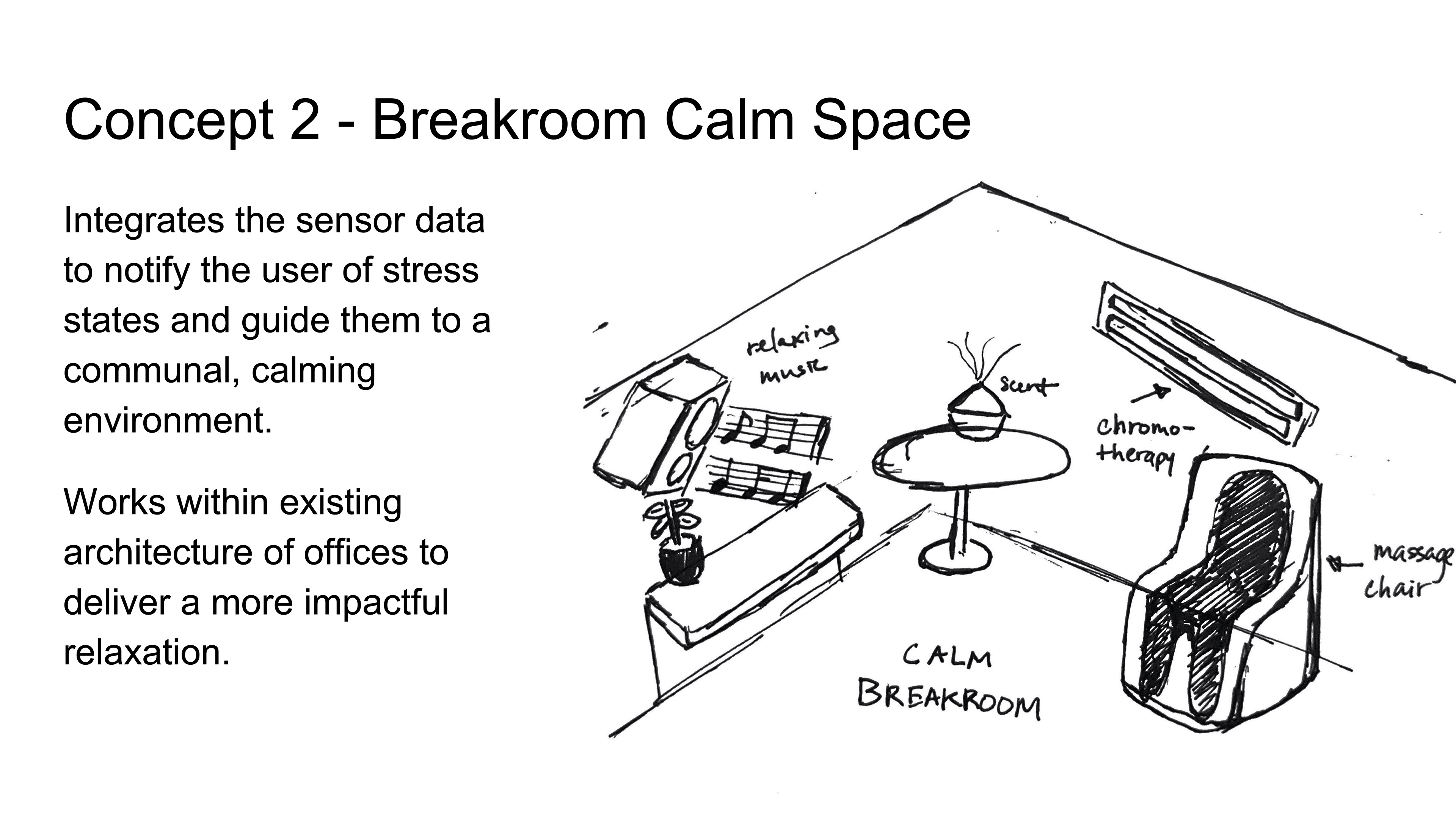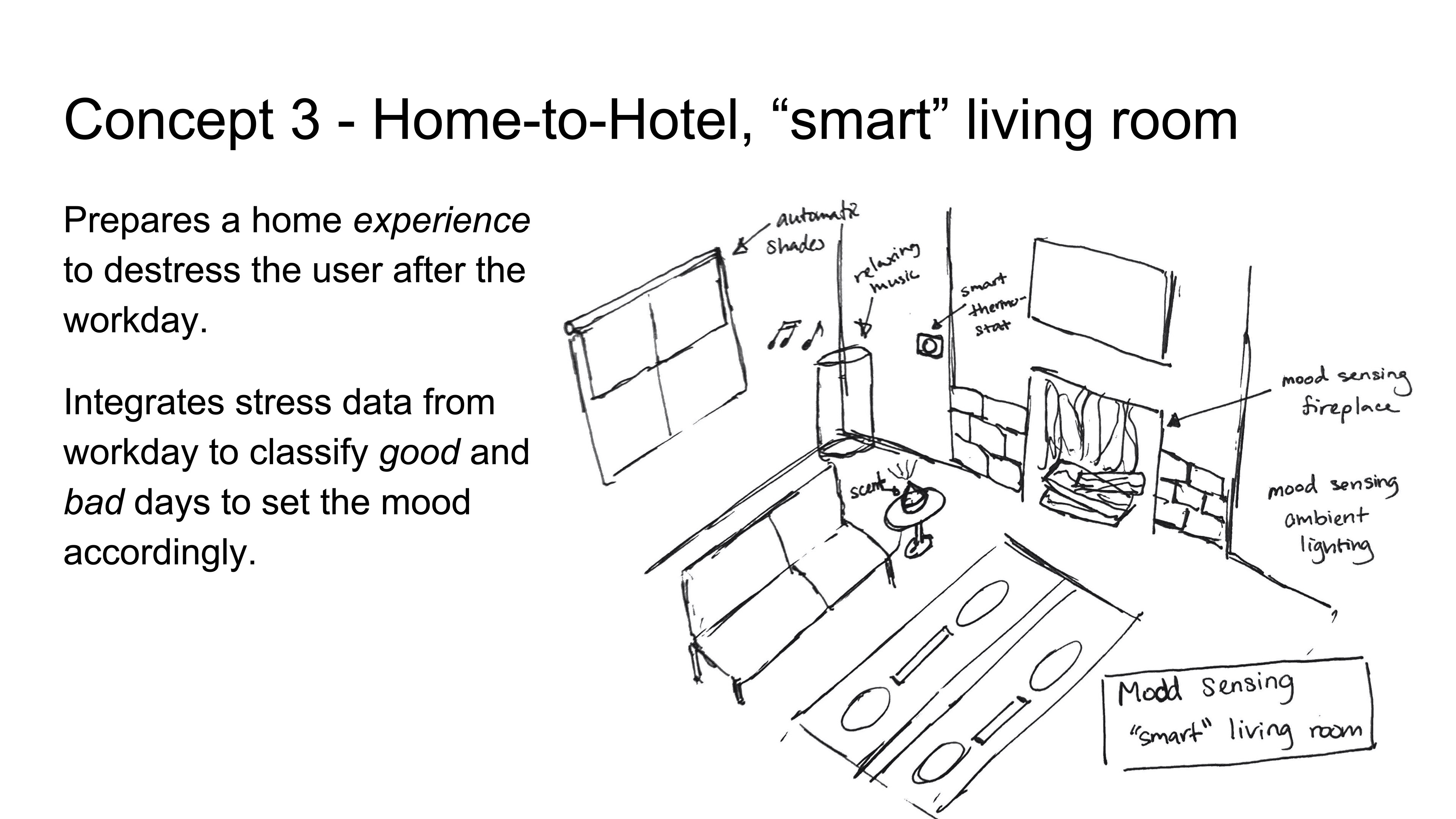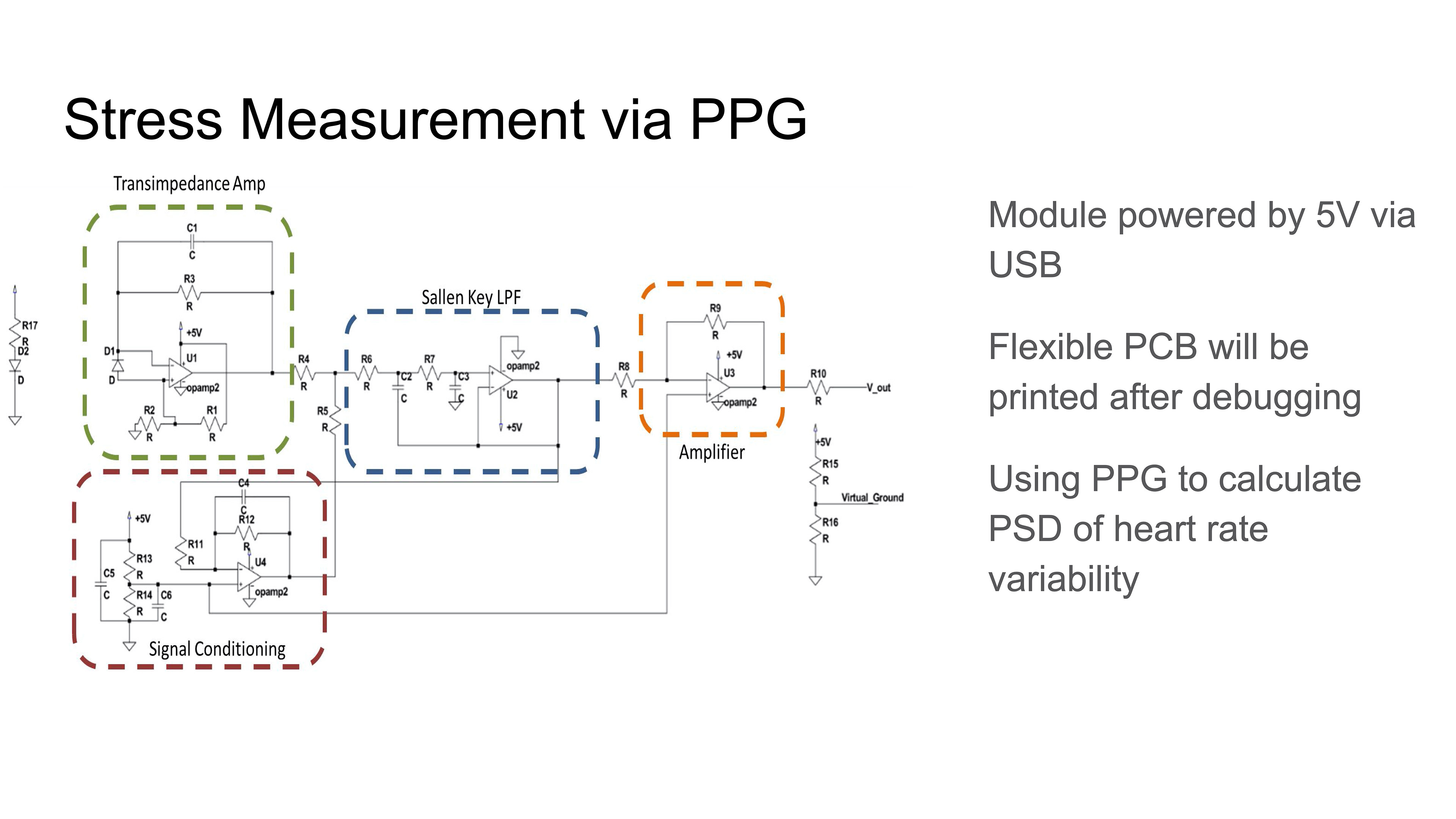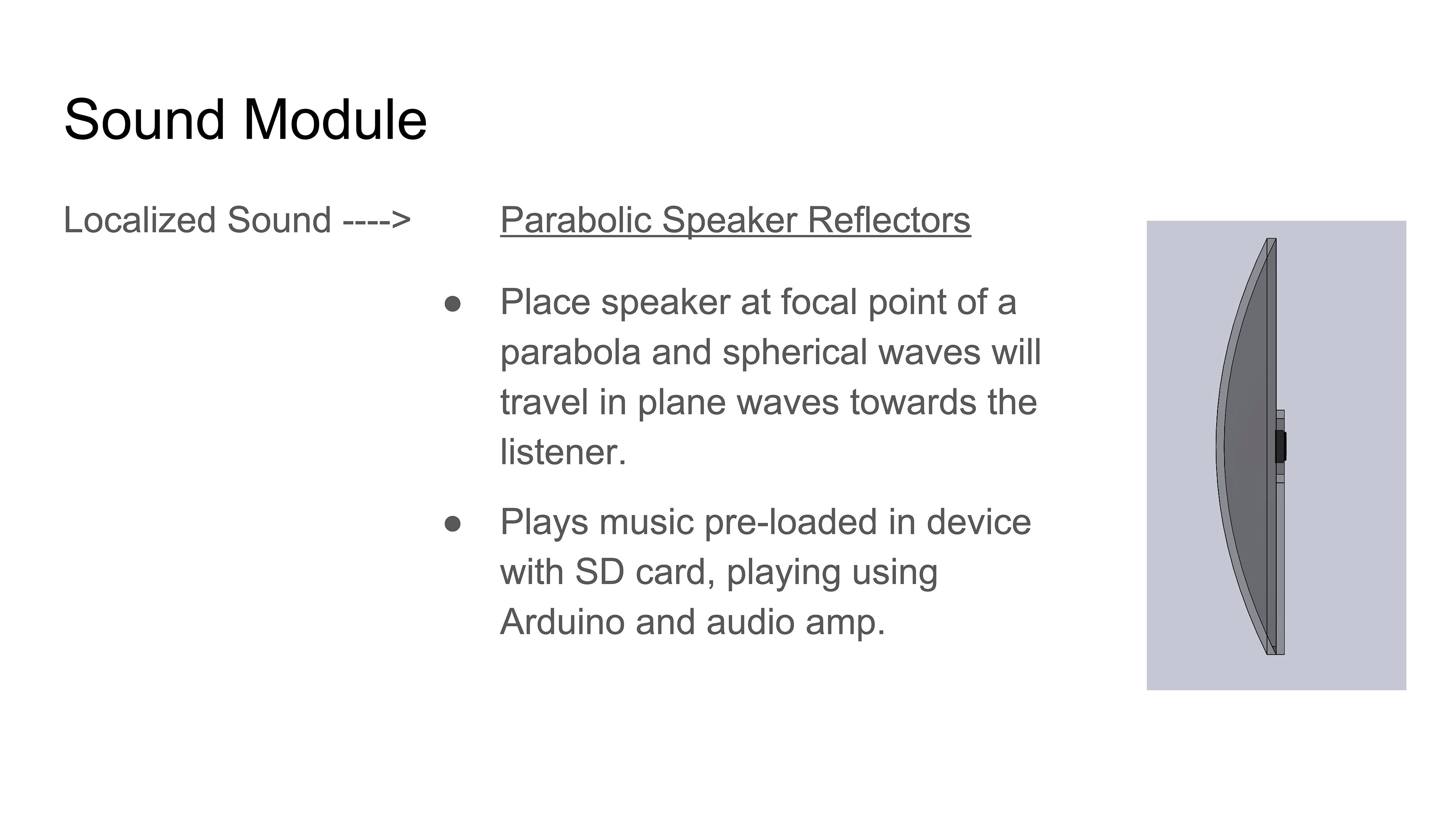For my medical device design class, I designed and prototyped a stress-reducing desktop device in conjunction with Japan Tobacco's researchers. The project took 3 months from start to final presentation.
I took the idea from question, to developed concept, through two prototypes and specifically led sound and lighting design for the concept, helping with the flexible EE circuit and "smell module" when needed.
Over the course of that semester, I worked with a small team (2 other students + 2 faculty advisors + 2 JT researchers). The process of making a medical device was rigorous, and we took a deterministic design process.
After three months, we refined the question, the answer and were able to deliver two prototypes for testing within JT's lab for further improvement and production.
Here's a look at what I contributed!
a glimpse into the intended use-environment for the final product... a japanese workplace
samples of the very full spreadsheets I created to categorize and annotate research papers I read
JT came to our team with an idea of a device they wanted made - it was our job to refine the concept, to make sure the correct question was being asked (a very challenging thing in general!), and then to research and build a mock-up that accurately addressed their concerns and desires. I researched as much as I could into fields as diverse as architecture, food science, and of course medical treatments to determine what makes people stressed and what makes them less stressed.
As a team, we developed high-level strategies (goals and abstract ideas) for tackling the problem, then created concepts (implementations), and then finally selected components and implementations of the goals. Then we could get to the building and testing!



The following are representations and pictures of the actual final product, showing highlights of the reacting modules (sight, smell, sound) and the input method - a PPG mounted on a flexible PCB sticker that we could place on the user's computer mouse (for example) to read bio-data during work without becoming a "Wearable" and intrude on privacy.



